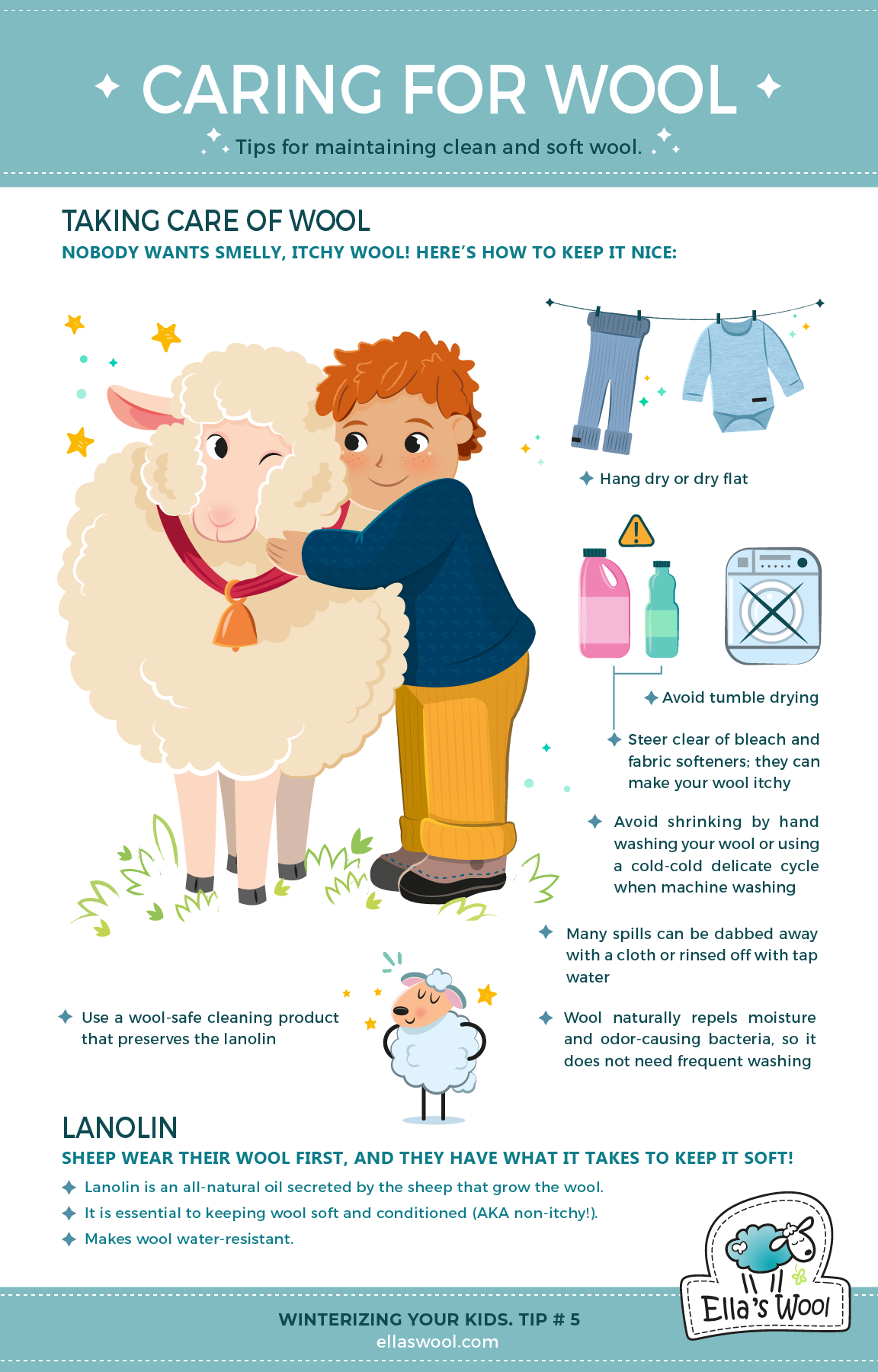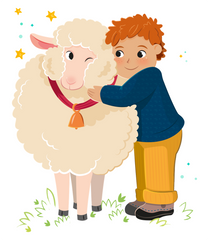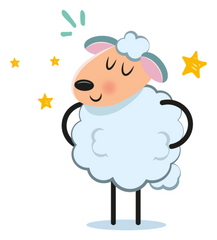Ever since I got into this, I'm often asked how to care for our wool. I think, what people really mean when they ask is: Isn't it a huge pain in the neck?
No, it's really not.
Once you know a few basics, washing wool is no more of a hassle than washing a load of whites.
Discover how to care for your wool when washing, drying and storing.
The first thing to know is that wool does not need to be washed as often as other fabrics. Since wool naturally repels moisture and odor-causing bacteria, it limits the number of washes it needs.
When your wool clothes do need a wash, however, keep these tips in mind:
Washing
Use the right wool detergent
You’ll want to stay away from bleach and fabric softeners completely, as they tend to make your wool itchy. Instead, we recommend using a special wool detergent that preserves the wool fibers’ softness.

The important thing is that the product you use preserves or replenishes the wool's natural lanolin – a wax that occurs naturally in wool, and keeps it soft, durable, and water repellant.
(In fact, lanolin is a bit of a magical substance, commonly used in lip balm (aff.*), protective baby skin lotion (aff.*), and treatment for nipples (aff.*) that are sore from breastfeeding.)
There are many good products on the market. We like and use Sonett's Olive Laundry Liquid for Wool and Silk. (There's a sensitive version, too, but the regular version has been sensitive enough for me.)
Occasionally, I also use half a teaspoon of Sonett's Wool Care to make the clothes feel as soft as when they were new.
Unfortunately, there are some detergents being marketed as being good for wool, which are not so good, so if you find a brand you like and trust, stick with it and tell your friends.
Spot control
Because of the near-magical properties of lanolin, many spots and spills on a wool garment can simply be brushed off, wiped off with a damp cloth, or rinsed away with tap water.
You can often see a small spill be repelled, and bead off of the fabric instead of being absorbed. Similarly, a dried stain may appear as small crumbs in the finest fibers, on the outside of the wool itself.
Once it is rinsed off, simply hang your wool to air out a little bit, and it will be as good as new.
You want to be careful with stain removers, as many of them contain quite harsh chemicals. Sonett has a Stain Removal Spray that is suitable for wool. But even that, we would use sparingly.
Hand washing
Ella's Wool base layers and socks can be machine washed at wool program, but there are times when you'll want to wash your woolies by hand. For example, we recommend handwashing our Tubes leggings, and you may have other wool clothes that are hand wash only.
If you wash multiple items at once, wash with similar colors, as you would in the machine.
Make sure your sink is clean. Fill it with luke warm water, and add a few drops of mild detergent (like Sonett's Laundry Liquid for wool).
Massage the wool gently in the water, to get it properly soaked.
Let the garment soak for 15–20 minutes, while occasionally stirring the water gently, and making sure every part of your clothes are submerged at least part of the time.
Wool will absorb a lot of water, so when you're finished, it'll be soaking, dripping, sopping wet. To get all the water out, try not to wring it, as that might stretch it out of shape – at least for a while.
Instead, gently knead it over the sink, to get out enough water that you can at least work with it. Then try folding and rolling the wool, and squeezing the rest of the water out, without all the pulling and stretching that goes into wringing.
To protect the woolies and to keep them nice and soft for years to come, we recommend treating your wool to a lanolin treatment (like Sonett's Wool Care) once in a while.
This will lubricate the wool fibers and make them softer and fluffier. Your wool layers will love a "spa-treatment" after a long winter.
Know your temperature
To avoid shrinkage, avoid hot water and rapid temperature changes.
Most of our wool can be washed on a luke warm cycle, but I recommend running your wool on a cold-delicate cycle or washing it by hand – that's what I do with all my wool.
Drying
Hang dry
We hang dry all of our wool on a simple, collapsible rack, or from hangers. That is the best way to make sure the wool clothes last a long time, and keep their shape and softness.

Particularly delicate woolens, like certain wool dresses or cashmere sweaters, we will dry flat – but none of the products we sell here at Ella's Wool require that.
Many racks have an area on top for drying flat where the clothes gets air from both sides. But you can also simply lay your wool on a towel on any flat surface, and turn it over from time to time.
Avoid direct sunlight and heat
When drying, it is best to avoid direct sunlight, magnified sunlight or direct heat. Avoid placing your wool garment over a radiator to dry.
The part of the garment that is folded over the top of the radiator tends to dry the quickest, and the high heat may damage the garment in this area.
(The post continues under the graphic)

Storing your wool
We get a lot of questions about how to best store wool in-between seasons.
Wool is quite robust and doesn't need much special treatment. As long as you keep it clean and dry while it's in storage, it'll typically stay in good shape.
Repel clothes moths with cedar

The only threat worthy of any particular concern is moths. Clothes moths won't take a bite out of all of your clothes, but they love wool. We always store our wool with bags of cedar chips to keep moths away.
You can also use other cedar products, like hangers or hanger rings. The cedar oil in the wood repels the clothes moths.
When we pack much of our wool away in the basement for the summer, we usually pack the wool and some cedar chips into airtight containers, such as vacuum-sealed bags that keep the clothes dry and clean.
- Cedar chips at Amazon (aff.*)
Avoid mothballs
Many people still use mothballs to keep clothes moths away. There are several reasons why we're strongly opposed to them.
Mothballs often give clothes a strong, unmistakable smell, that may remind you of your grandmother's old fur coat, or an attic that hasn't been cleaned out in decades. But don't romanticize it.
The chemicals used to make mothballs are not just highly flammable, they are flat out bad for your and your children's health.
The two most common ingredients – naphtalene and 1,4-dichlorobenzene – are both known carcinogens (meaning they cause cancer).
Additionally, naphtalene is known to cause anemia in people who are predisposed, and damage to the eyes (cataracts and retinal hemorrage).
It's clearly better, then, to stick with cedar, which has been used to repel moths for at least 3000 years, with no such adverse effects.

Ready for a new season
When we take our wool back out from storage, we just give each item a shake to fluff it out before we fold it and put it back in the closet.
Wool doesn't easily crease or wrinkle, but if there are any wrinkles, we just hang it a little while to let it straighten itself out.
Particularly stubborn creases will usually succumb to a little moisture, such as a spray or splash of water, or the steam from a shower.
*) Links marked with "aff." are affiliate links, meaning we get a commission if you follow the links and make a purchase. Rest assured, however, that we will never recommend a product we do not believe in as much as we believe in our own products.


![The Ultimate Guide for How to Care for Wool [Illustrated]](http://ellaswool.com/cdn/shop/articles/caring-for-wool_1024x1024.png?v=1609927593)